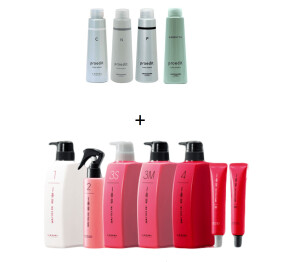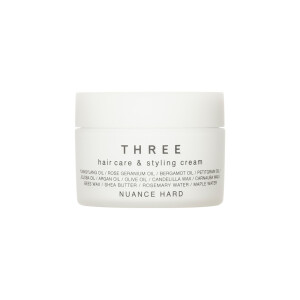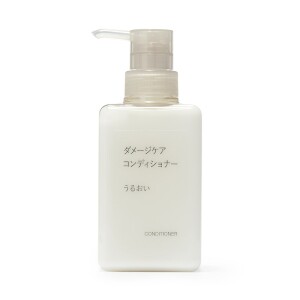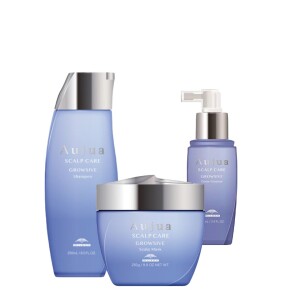
If you are struggling with damaged hair and are unsure how to take care of it or assess its condition, we’ve created “6 Steps to Healthy Hair” following the Japanese hair care program. This guide will help you to discover how to properly care for your hair and restore its health from within, giving it maximum vitality and strength. Join us in this article to unlock the secrets of Japanese women’s soft and shiny hair and turn your dream of having healthy hair into reality.
Step 1: Assess Your Current Hair Condition
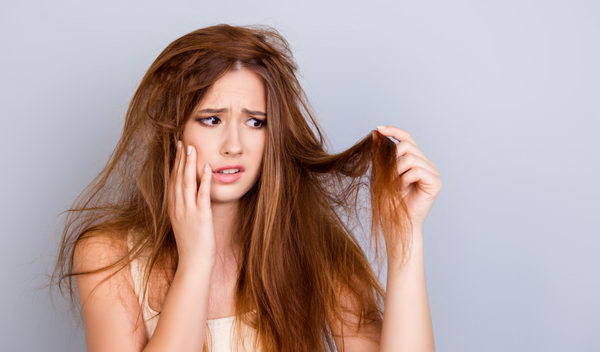
Start by reflecting on your current hair care habits. It’s crucial to ask specific questions about the challenges you’re facing and assess the condition of your hair. Pinpoint the problems you want to tackle and remember that nurturing damaged hair requires time and dedication.
Dryness, oiliness, breakage, split ends, or lack of volume are just a few concerns you may encounter. That’s why it’s essential to identify the root problem first and then work toward solving it!
Step 2: Cleansing the Scalp and Hair
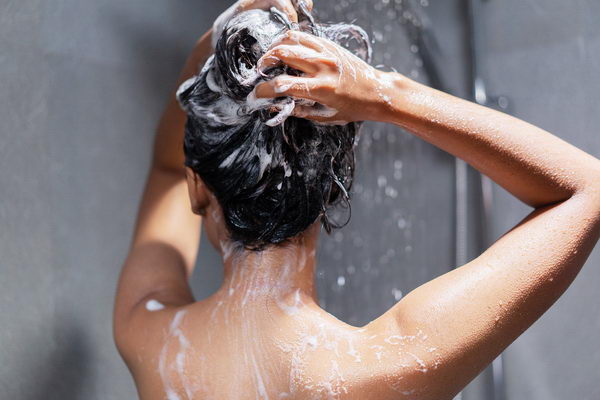
Cleansing your hair is an essential first step in maintaining its health, much like regular skincare. This process removes dirt, product buildup, and dead skin cells from the hair and scalp.
4 Steps for Washing Hair in the Japanese Style:
- Gentle combing of hair: Before washing, gently comb your hair to detangle it and reduce the risk of hair loss.
- Shampooing: Wet your scalp and hair with warm water to eliminate surface dirt. Rinse thoroughly without scrubbing harshly. If using specialized treatment products, follow the instructions carefully.
- Mix shampoo and create a lather: Mix your shampoo with a bit of water, lather it in your palms, and then evenly apply it to different parts of your scalp.
- Rinse out the shampoo: Thoroughly rinse the shampoo, focusing on often-overlooked areas like the hairline, behind your ears, and the sides of your neck.
For added care, massage the scalp gently using the fleshy part of your fingertips—not your nails—to prevent scalp damage.
Conditioner – Moisturizing and Protecting Your Hair
In Japanese hair care, conditioner is an indispensable step after cleansing. It helps not only to detangle the hair but also to hydrate and shield it from environmental damage. Here’s what you need to know about this step:
Benefits of Conditioner:
Conditioner is enriched with nourishing proteins like keratin, which make your hair smoother, reduce frizz, and prevent breakage. It forms a protective barrier around the hair, shielding it from external aggressors such as UV rays, heat, and pollution. It also adds vital moisture to your hair, keeping it hydrated, shiny, and soft.
Tips for Effective Use of Conditioner:
Let the conditioner sit on your hair for 1–2 minutes before rinsing thoroughly with cool water. This allows the nutrients to penetrate fully. Gently comb through the hair using a wide-tooth comb to ensure even application and maximize its benefits. Opt for lightweight, silicone-free conditioners to avoid weighing down your hair unnecessarily.
Japanese Hair Care Detangling Tips:
Start detangling your hair while it’s damp. Use your fingers to work through larger knots gently. Always detangle from the ends and work your way upward. This minimizes pressure, prevents hair loss, and reduces the risk of breakage.
Step 3: Proper Hair Drying
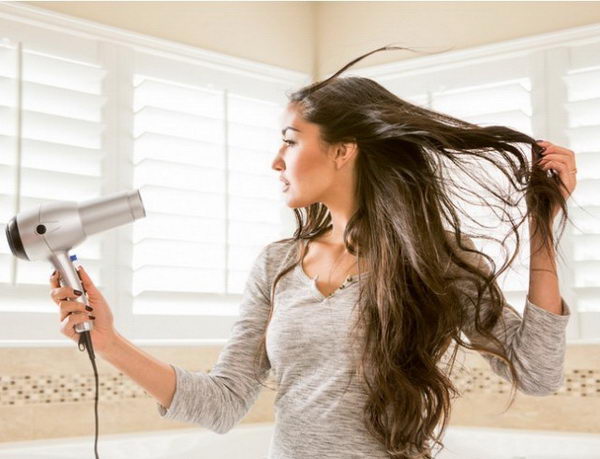
Typically, hair is air-dried after a shower, but this often leads to tangling. Conversely, using a hairdryer on wet hair can cause damage.
Prepare Your Hair:
Use a soft towel to gently absorb excess water from your hair. Instead of rubbing, gently squeeze each strand to remove the water without damaging your hair’s structure.
Use a Hairdryer Correctly:
-
- Opt for a low heat setting to avoid thermal damage.
- Once your hair is almost dry, switch to a cool setting for a few minutes to lock in moisture and soften your hair.
- Dry your hair about 70-80% to retain its moisture.
- Keep a distance of 15–20 cm between the hairdryer and your hair to prevent overheating both your hair and scalp.
- Divide your hair into small sections to ensure an even drying process.
- Before using the dryer, apply a product like a serum to minimize the impact of heat on your strands.
Step 4: Hydration and Styling
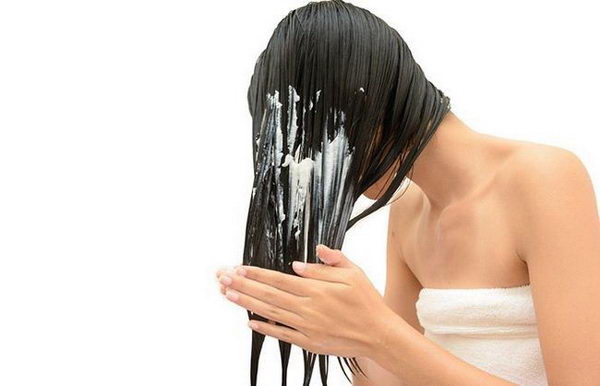
Hydration is crucial, not only when using heat tools but also as an essential step in Japanese hair care routines.
Even if you avoid heat, controlling moisture keeps your hair soft, strong, and naturally beautiful. Special oils infused with honey, silk, rice proteins, or shea butter are excellent daily moisturizers.
Daily Hydration Tips:
-
- Use a small amount of oil, adjusting to your hair’s thickness: 1–2 drops for fine hair, 2–3 drops for medium hair, and 3–4 drops for thick hair.
- Warm the product in your palms before applying to ensure even distribution.
- Before using heat-styling tools like dryers, curling irons, or straighteners, ensure your hair is properly prepped. This not only protects your hair from potential damage but also enhances your styling process, giving you longer-lasting results.
- Use a lightweight styling primer to prep your hair and prevent stiffness.
- Follow with a heat protectant product, like a hair serum, to shield your hair from high temperatures and UV light.
- Divide your hair into small sections and evenly spray the heat protectant before using styling tools.
Heat Styling Tips:
Avoid using heat tools on damp or wet hair to prevent damage. After applying a heat protectant, allow your hair a few minutes to dry before proceeding to use hot tools.
Step 5: Hair Treatment/Repair
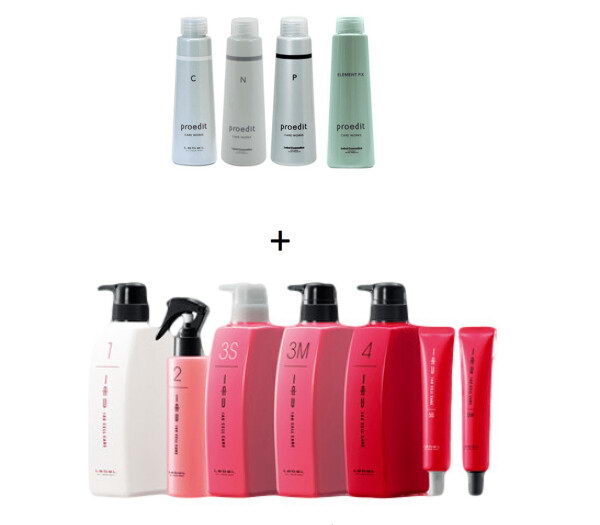
This step is crucial in the hair care process, aiming to rejuvenate and soften it from the inside. Hair care products are designed to address specific issues, such as damage repair, hair loss reduction, or moisture enhancement.
Choosing the Right Treatment Products:
- Deep Nourishment and Repair: Deep conditioning products like hair masks or oils containing ingredients such as keratin, argan oil, or honey help restore hair significantly, reducing damage and enhancing softness.
- Moisture-Boosting Products: For dry and dehydrated hair, using a moisturizing hair spray can be a great option. These products help deliver and maintain hair moisture over an extended period.
- Anti-Hair Loss Products: If you’re dealing with hair loss, combining nutrients for your scalp and hair with anti-hair loss ingredients can help reduce the issue while stimulating new hair growth.
Hair Mask:
A hair mask is an essential step in Japanese hair care, providing nutrients and moisture to penetrate deep into the strands.
For effective results, apply the mask from mid-lengths to the tips of your hair, avoiding the scalp. Use a shower cap or plastic wrap to cover your hair, locking in moisture. Keep the mask on for the time recommended by the manufacturer. Then rinse your hair thoroughly with cool water. This process allows the hair to absorb nutrients optimally, leaving it soft, smooth, and healthy.
Step 6: Healthy Nutrition

Hair care isn’t just about external products but also about healthy habits. Your diet greatly affects the health of your hair and scalp. Here are some tips to ensure your hair gets the necessary nutrients:
Protein:
Hair is mostly made of protein, so including it in your diet is essential. Foods like meat, fish, eggs, nuts, and soybeans are excellent protein sources. Adequate protein intake keeps your hair strong and healthy.
Vitamins and Minerals:
Vitamins such as A, C, E, and minerals like iron, zinc, and omega-3 are vital for hair health. Leafy greens, berries, flaxseeds, and salmon are rich sources of these nutrients. Including vitamin- and mineral-rich foods in your diet improves your hair’s overall condition.
Water – An Essential Nutrient:
Maintaining proper hydration is vital for your body, including your hair. Water helps keep hair adequately moisturized and boosts its elasticity. Make sure you consume enough water daily.
Avoid Harmful Foods:
Limiting fast food and sugary products is an important part of healthy nutrition. A diet low in sugar and processed foods supports the optimal health of your hair and scalp.
Keratin-Rich Foods:
Keratin is a key protein for hair. Foods like fish, poultry, nuts, and pomegranates are rich in keratin, providing your hair with essential nutrients for its structure.
By focusing on your diet, you can provide your hair with the nutrients it needs to stay healthy and resilient from the inside.
Following the Japanese hair care routine consisting of the six steps outlined above will give your hair a fresh and vibrant look, full of health and vitality.
